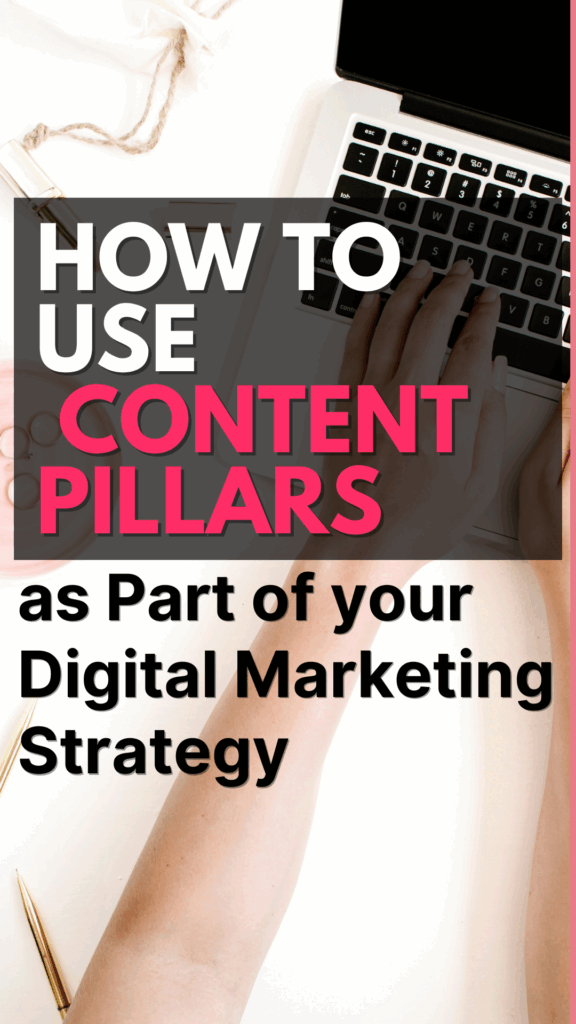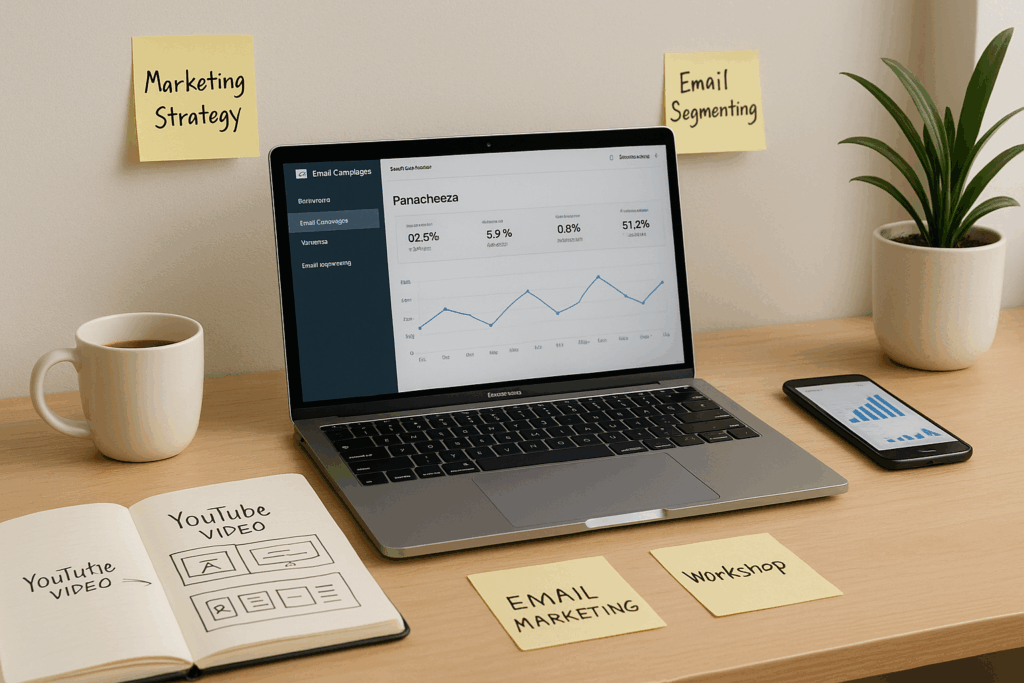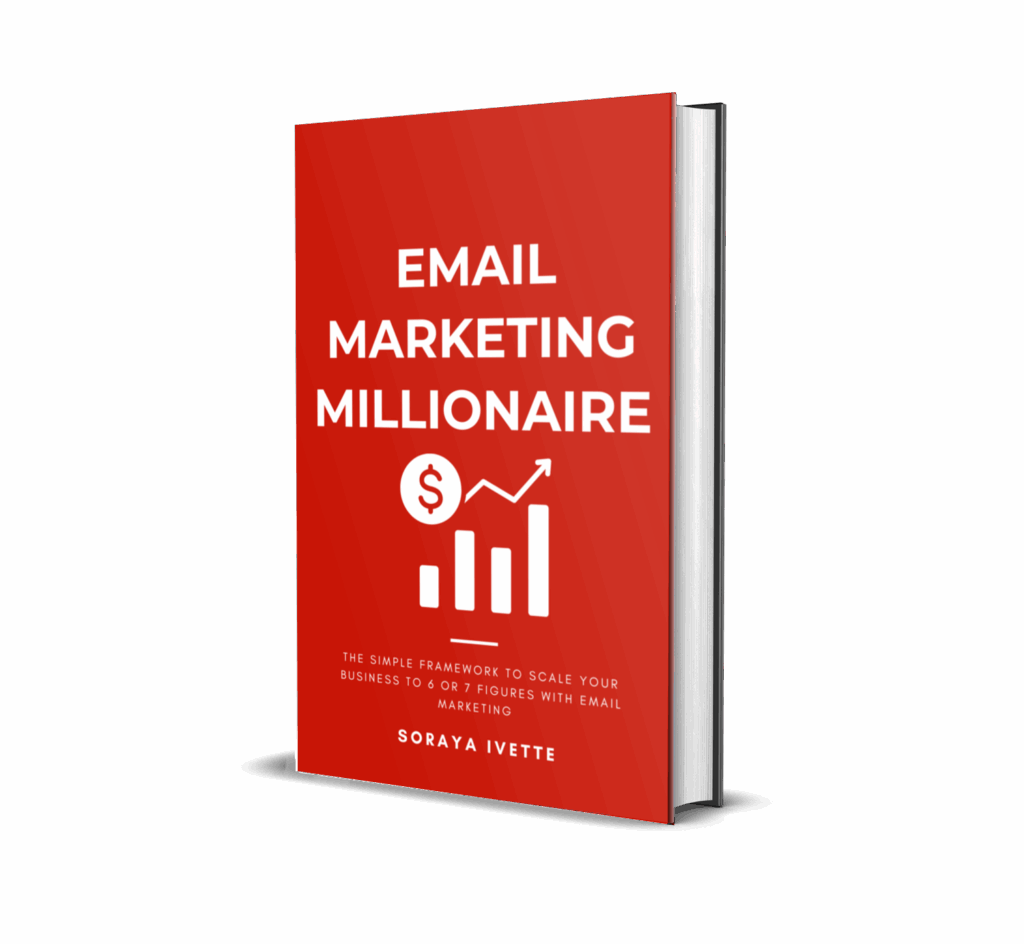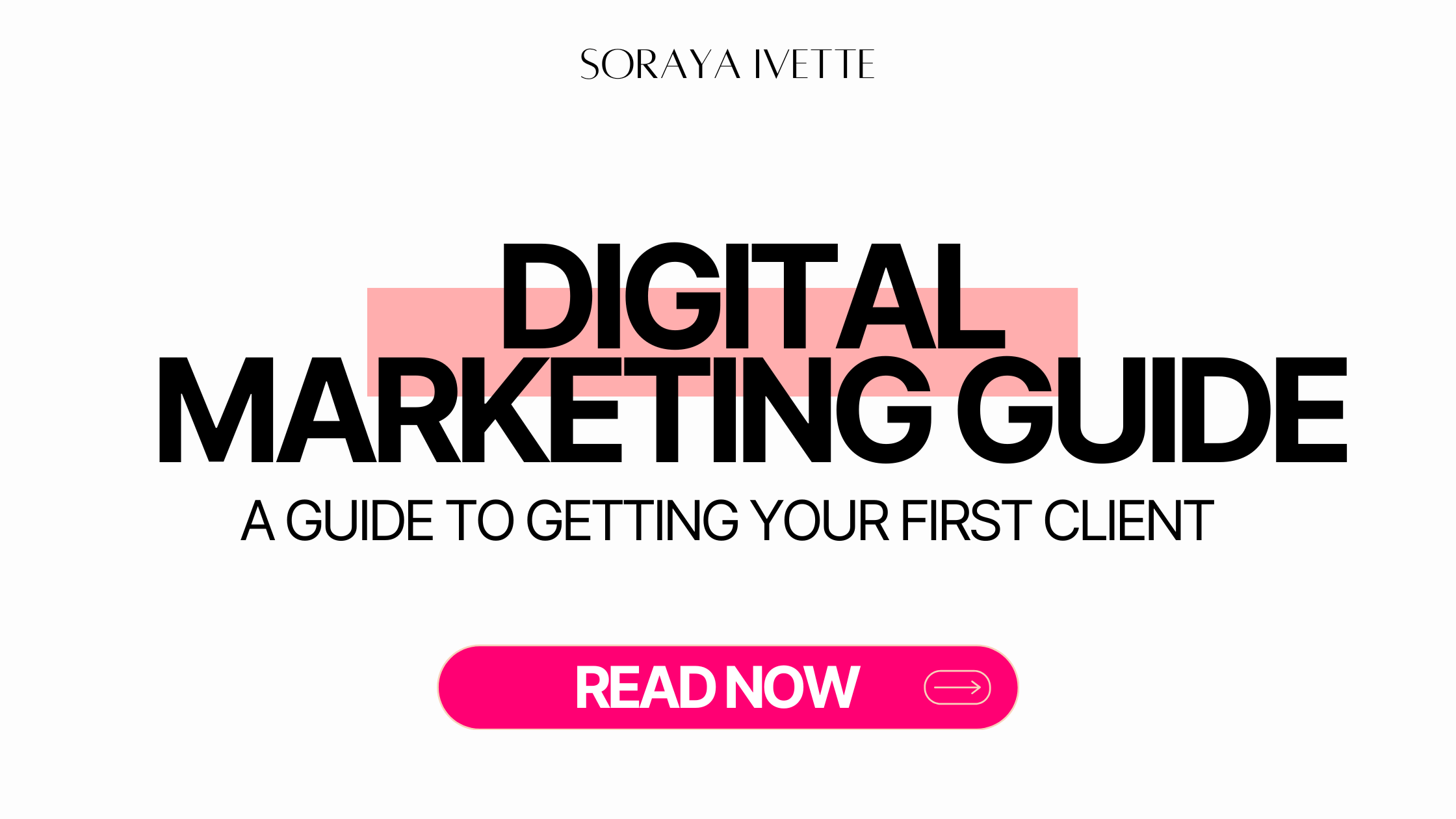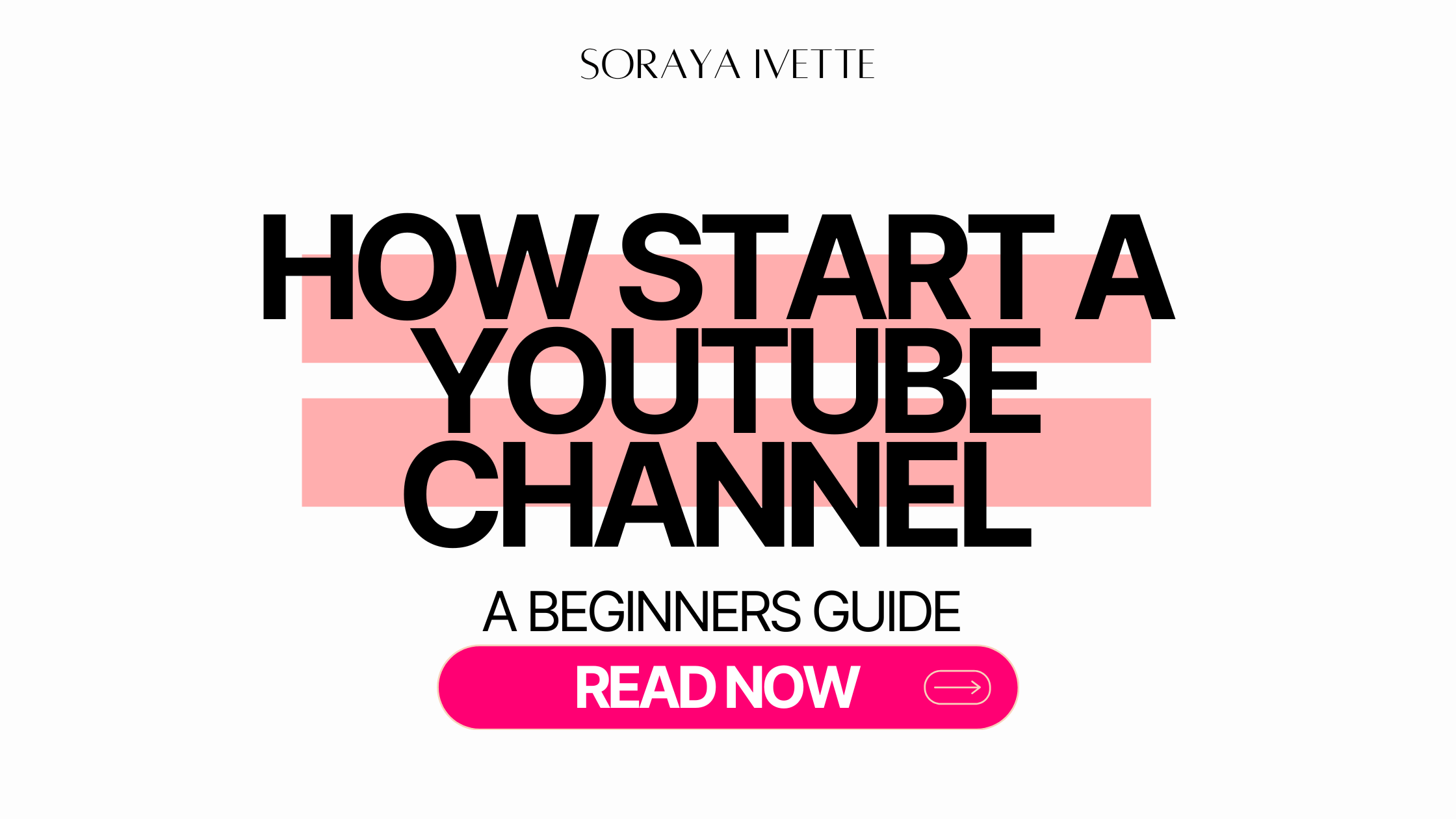Content Pillars: The Key to Consistent, Strategic Content That Converts
If you’re a coach, creator, or business owner stuck in the endless loop of content creation, content pillars might be the breakthrough you’ve been looking for. In this post, you’ll learn exactly what content pillars are, how to define yours, and why they matter for every brand that wants to grow online without burning out.
Why Most Content Strategies Fail Before They Start
Most content strategies crumble because they lack structure. Without a clear focus, creators burn out fast, posting random content that doesn’t support their goals or connect with their audience.
- No direction = no results. If you’re guessing at what to post every day, you’re wasting time and energy. Without a clear roadmap, your content lacks impact.
- Inconsistent themes = scattered messaging. Jumping from topic to topic makes it hard for your audience to understand what you do or why they should follow you.
- No plan = burnout and frustration. When you’re always scrambling for content ideas, it’s only a matter of time before you hit a wall.
Strong strategies start with clarity. Content pillars provide that clarity. They give your ideas direction, ensure every post serves a purpose, and make it easier to stay consistent even when life or business gets busy.
The Missing Link: How Content Pillars Bring Clarity and Focus
Content pillars help you filter your ideas through what matters most to your brand and your audience. They turn chaos into consistency.
- Every piece of content has a purpose. With pillars in place, every blog, video, email, or reel fits into a bigger plan. You’re not just posting to stay active, you’re posting with intention.
- Your audience knows what to expect. Consistent themes create familiarity. People start to associate your brand with certain topics, solutions, and outcomes—which builds brand equity.
- You show up with intention, not confusion. No more second-guessing or chasing random trends. You have clear boundaries to create within, which actually gives you more creative freedom.
Focus creates freedom, and content pillars are the filter that keeps you focused. Instead of scrambling for ideas, you have a foundation you can return to again and again.
What Are Content Pillars?
A Simple Definition You Can Actually Use
Content pillars are the 3–5 core topics your brand creates content around consistently. Think of them as the themes that anchor your entire strategy.
- Each pillar supports your offers and expertise. If your business helps people eat better, your pillars might include recipes, shopping tips, and mindset.
- They speak to different stages of your buyer journey. Some pillars attract attention, some educate and nurture, and others help people decide to buy.
- Every content idea should align with one pillar. If a topic doesn’t connect to a pillar, it’s probably not the right fit—or it needs to be reframed to fit your messaging.
The Key Difference Between Content Pillars and Categories
Categories are broad labels. Content pillars are strategic and rooted in purpose.
- Categories = topics that organize your content. Think “marketing,” “sales,” or “mindset.” They’re helpful, but they don’t guide strategy.
- Pillars = topics that align with your business goals and brand positioning. Think “High-Converting Emails,” “Launch Planning,” or “Evergreen Funnels.” They’re specific and outcome-driven.
Pillars connect the dots between your audience’s needs and your offer. They help you move people from interest to purchase by guiding the type of value you share.
Why Content Pillars Matter for Every Brand
Avoid Burnout and Overwhelm with Strategic Focus
When you have defined pillars, you never start from scratch. You build within clear lanes.
- Less guesswork, more momentum. With a roadmap in place, ideation becomes easier and faster. You can quickly generate content ideas because your topics are already mapped.
- More content with less effort. Instead of starting fresh each time, you can create systems and repeatable processes around your core themes.
- Consistency without chaos. Your content becomes a machine that supports your brand instead of a monster you constantly have to feed.
Burnout fades when you have a map. Pillars keep your creativity inside clear, flexible lanes that lead to your business goals.
Create Consistent Messaging Across All Platforms
Pillars help unify your brand across platforms.
- Your Instagram, email list, blog, and YouTube align. The same themes show up in different formats, reinforcing your brand voice.
- Repetition reinforces trust. The more often your audience hears the same message in different ways, the more they believe it.
- Your message stays sharp, not scattered. With too many unrelated topics, your brand becomes forgettable. Pillars keep you clear, relevant, and recognizable.
Clarity builds recognition, and recognition builds trust. When people know what to expect from you, they stick around longer and are more likely to convert.
The Core Benefits of Using Content Pillars
Less Guessing, More Creating: Streamline Your Workflow
Content pillars take the pressure off your day-to-day content planning. Instead of asking “what should I post today?”, you start from a place of clarity and direction.
- Pull ideas directly from each pillar. Each pillar serves as a well of endless ideas. You’re never starting from scratch, just pulling from a pool of relevant, pre-defined themes that are directly tied to your brand’s purpose.
- Batch content by theme. When you focus on one pillar at a time, you enter a flow state. You can create multiple pieces of content around one theme in a single sitting, saving time and improving quality.
- Work ahead with ease. With your pillars mapped out, planning becomes proactive. You can schedule content in advance, freeing up your time and reducing stress when life or business gets hectic.
Pillars reduce friction at every stage of content creation and allow you to operate from strategy, not scramble.
Build Authority and Trust Faster With Focused Topics
The more clearly you communicate a focused set of topics, the faster your audience begins to see you as a subject-matter expert.
- Talk about fewer things, but in greater depth. Instead of spreading your attention across 10 topics, you dive deep into 3–5 that truly matter. This depth gives you the credibility that surface-level content can’t.
- Become known for something specific. Specialists are remembered. Generalists are forgotten. Your pillars help you own a space in your audience’s mind.
- Earn trust through repetition and relevance. When your content consistently hits on your audience’s needs and aligns with your solutions, you build loyalty and long-term trust.
The more you repeat key ideas in fresh ways, the more people come to rely on you as their go-to expert.
Easily Repurpose Content Across Channels
With content pillars, you’re not reinventing the wheel every time you publish. Instead, you’re recycling your best insights across formats and platforms.
- One blog becomes three reels and five emails. A well-written long-form piece can be sliced into smaller, high-impact content that fits each platform’s format and behavior.
- Stay on-message no matter the format. Whether it’s a short-form reel, an email tip, or a podcast clip, your content remains aligned. This reinforces your core messages and keeps your brand voice consistent.
- Create less, distribute more. You don’t need 50 ideas to stay visible, you need 5 strong ones executed well across multiple touchpoints. Repurposing allows you to scale your message without scaling your workload.
Your best ideas deserve more exposure. Content pillars ensure they get it.
How to Identify Your Brand’s Content Pillars
Start with Your Audience’s Pain Points and Desires
Your audience is constantly telling you what they need, through questions, comments, and the content they engage with most. To build relevant content pillars, you have to tune into what they’re actually struggling with and what they hope to achieve.
- What questions do they ask? These are more than surface-level curiosities. Recurring questions reveal common obstacles, gaps in understanding, or unmet needs. Pay attention to what people ask in your DMs, comments, or support emails.
- What are they trying to accomplish? Everyone is on a journey. Whether it’s growing a business, improving their health, or becoming more confident, your content should help them move toward their goals. Understanding their desired outcomes helps you create content that resonates and converts.
- What stops them from taking action? Fear, confusion, misinformation, or lack of time often hold people back. Use your content to remove those roadblocks. When you address objections directly, you become more than just helpful, you become essential.
Empathy is your superpower here. When you understand the emotions and goals behind the problems, you create pillars that are deeply relevant and action-driving.
Use Your Offers and Expertise to Anchor Each Pillar
Your content pillars shouldn’t just reflect your audience, they should also point directly to your products or services. Otherwise, you’ll attract attention but not conversions.
- Reverse-engineer your pillars from your paid offers. Think about what you sell. What themes, ideas, or knowledge does someone need to understand before they’re ready to buy? Each piece of content should move them one step closer to your solution.
- Match your content to the transformation you provide. Your offers exist to help people solve a problem or achieve a goal. Your content pillars should reflect that same transformation. If your offer helps people launch an online course, your pillars might include audience growth, curriculum planning, and course marketing.
- Stick to what you’re known for. Go deep, not wide. Stay in your zone of genius. Covering too many topics might get you traffic, but it won’t build trust. Focus on the areas where your expertise runs deep and your perspective is unique.
When your pillars align with both your audience’s needs and your business goals, your content becomes magnetic and profitable.
Not all brands will have the same pillars, and they shouldn’t. Your industry, business model, and audience influence how your pillars are shaped. Here are niche-specific examples to help inspire your own.
Coaches
Whether you’re a life coach, business coach, or health coach, your content should educate, inspire, and build trust.
- Mindset Shifts – Help your audience overcome limiting beliefs that prevent progress. This is especially powerful for transformational coaches where internal change is the first step.
- Signature Frameworks – Share the step-by-step systems or methods you use with clients. These posts build authority and give your audience a taste of what working with you looks like.
- Client Wins – Showcase testimonials, screenshots, or case studies of your clients’ progress. This builds social proof and encourages prospective clients to believe change is possible.
E-commerce Brands
For product-based businesses, your pillars need to educate, entertain, and build a connection beyond the transaction.
- Product Education – Explain the features and benefits of your products. Use videos, infographics, and how-tos to show why your product matters.
- Lifestyle Inspiration – Create content that helps customers see your product as part of their ideal life. Think aesthetic photos, mood boards, and aspirational messaging.
- Behind the Brand – Pull back the curtain. Share your founder story, manufacturing process, or company values to humanize your brand and deepen connection.
Content Creators
If you’re building a personal brand or monetizing content, focus on engaging your audience and growing a loyal following.
- Tips and Tutorials – Share actionable advice or walkthroughs that solve real problems. These position you as helpful and trustworthy.
- Behind-the-Scenes – Let people into your creative process, workspace, or everyday life. These posts build relatability and loyalty.
- Audience Q&A – Answer questions directly from your community. It shows you’re listening and adds a personal touch to your content.
Consultants
For B2B professionals or service providers, your pillars need to highlight your expertise and demonstrate results.
- Thought Leadership – Offer perspectives, trends, and opinions that position you as an industry expert. This content attracts decision-makers and positions you as a strategic partner.
- Case Studies – Break down the challenges your clients faced, how you solved them, and the results. These are powerful trust-builders for prospects.
- Tools and Systems – Share what you use or recommend to solve business problems. From frameworks to apps, this builds authority and provides immediate value.
Why Content Pillar Maps Matter
A content pillar map is more than a list of topics, it’s a masterplan for how your content builds visibility, maintains consistency, and drives conversions.
- Visibility – You show up consistently in search, on feeds, and in inboxes around themes that matter.
- Consistency – You maintain a focused brand message across platforms without feeling repetitive.
- Conversions – Each pillar leads naturally to your offer, warming up your audience in advance.
When done right, your content pillars become the foundation for every piece of content you publish—and the strategy behind your entire content marketing engine.
How Many Content Pillars Should You Have?
Finding the right number of content pillars is about balance. You want to provide enough variety to keep your content engaging, but not so much that your message becomes diluted or your workflow unmanageable.
Why 3 to 5 Pillars Is the Sweet Spot
Most successful brands operate with three to five core content pillars. This range gives you enough room to rotate through different themes while keeping your messaging consistent and strategic.
- More than five = diluted messaging. If you’re trying to cover too many topics, your audience won’t know what you stand for. It becomes harder for them to associate your brand with a specific value or expertise, which weakens your positioning.
- Less than three = limited flexibility. On the flip side, having only one or two pillars can make your content feel repetitive. You may run out of things to say quickly or miss opportunities to speak to different stages of the customer journey.
- Three to five = balanced strategy. This is the sweet spot where you have enough variety to keep your audience interested, enough focus to stay on-brand, and enough structure to streamline your workflow.
Each pillar should have a purpose and a direct link to either an audience desire or a business goal. If a pillar doesn’t support one of those, it’s probably unnecessary.
What Happens When You Use Too Many (or Too Few)
Choosing the wrong number of content pillars can create more problems than it solves. Here’s what to watch for:
- Too many = confusion and fragmentation. With six or more pillars, your content can become disjointed. Your audience might struggle to understand your value, and you’ll find it difficult to keep your strategy cohesive.
- Too few = stale content and missed opportunities. If you only have one or two pillars, it limits your storytelling. You’ll either repeat yourself or fail to address key parts of your audience’s journey.
- Just right = clarity and consistency. With the ideal range of 3–5, you can rotate themes without becoming redundant. It keeps your message fresh, focused, and aligned with your offers.
Your content pillars should act like the core chapters of your brand story—each one unique, but all working together to drive momentum and build connection.
Using Content Pillars to Plan Monthly Content
Once your content pillars are clearly defined, the next step is turning those themes into an organized, repeatable system. Monthly planning based on your pillars creates rhythm, makes batching easier, and removes the stress of daily content decisions.
From Pillar to Plan: Building Your Editorial Calendar
Think of your pillars as content categories you rotate through each month. This structure allows you to stay on-brand while keeping your message fresh.
- Assign each week to a specific pillar. For example, if you have four content pillars, you can dedicate one week per month to each. This ensures balanced coverage and avoids overloading one theme.
- Use content formats strategically. Every week, consider how your pillar can show up across different platforms. You might write a blog post on Monday, publish a carousel on Wednesday, and send an email newsletter on Friday—all rooted in the same topic.
- Plan campaigns around each pillar. If you’re launching a product or promoting a service, build supporting content within a relevant pillar. Use the pillar to educate, nurture, and guide your audience toward the offer naturally.
This editorial calendar approach makes content creation systematic instead of spontaneous. You’ll always know what you’re posting and why it matters.
Plug-and-Play Frameworks for Weekly Consistency
To avoid reinventing your workflow each week, use simple plug-and-play content types. These frameworks can be adapted to any pillar or platform.
- Teach: Share something practical, like a tip, tutorial, checklist, or how-to. Teaching builds authority and helps solve immediate problems for your audience.
- Tell: Share a story, personal experience, client transformation, or behind-the-scenes. These deepen connection and humanize your brand.
- Sell: Promote your offer, introduce a product, invite someone to book a call, or talk about the value of your service. Make sure it ties back to the pillar so it feels organic, not forced.
Each week, mix these three types of content under the umbrella of your pillar. This gives you a simple, flexible structure that balances value, relatability, and revenue.
How to Repurpose One Pillar Into Multiple Formats
Content repurposing is where your pillar strategy really starts to shine. Instead of constantly creating something new, you turn one core idea into several valuable pieces of content that work across platforms.
Turn a Blog Post into Reels, Emails, and More
Start with a long-form piece of content, like a blog post, podcast episode, or YouTube video, then extract and transform that content into smaller, strategic pieces.
- Break down big ideas into bite-sized content. Each key point in your blog post can become a short-form video, a carousel slide, or a stand-alone tip for social media. Focus on one takeaway per piece.
- Pull quotes for visuals and tweets. Scan your original content for punchy lines, lessons, or stats. These can be turned into shareable quote graphics, LinkedIn posts, or tweet threads that boost reach.
- Turn outlines into video or podcast scripts. Your blog outline becomes a natural script for a video tutorial or podcast episode. No need to reinvent, just adjust the tone and format for spoken delivery.
With a bit of planning, one idea can fuel every platform without sounding repetitive. You’re reinforcing, not recycling.
Templates to Stretch One Idea Into a Month of Content
Here’s a simple 4-week repurposing framework that maximizes every core idea from a pillar:
- Week 1: Long-form blog or video. Establish authority with an in-depth post or video. This serves as the foundation for all other content that month.
- Week 2: Carousel + email. Pull 3–5 key points or tips from the original piece and turn them into a visual carousel. Then expand one idea into an email that educates or nurtures your list.
- Week 3: Reel + stories. Create a short-form video summarizing a tip or result. Use Instagram Stories to show a personal behind-the-scenes take, or to answer a related audience question.
- Week 4: Case study or personal story. End the month with a narrative: share how you’ve applied the idea or how a client experienced transformation by following it.
With just one pillar-driven idea, you can fill four weeks of your content calendar across multiple formats, while staying strategic, consistent, and efficient.
Tools to Help You Organize and Manage Content Pillars
Having great content ideas means nothing if you don’t have a system to manage them. Whether you’re a solopreneur or managing a team, having the right tools helps you stay consistent, streamline your workflow, and avoid duplication or overwhelm.
Best Free and Paid Tools for Content Mapping
Here are four powerful tools to help you map, organize, and manage your content pillars, from ideation to publication:
- Notion – A customizable all-in-one workspace that lets you build dashboards, content calendars, databases, and SOPs. Use it to track content ideas, organize by pillar, and plan out publishing schedules. Great for visual thinkers who like flexibility and minimalism.
- Airtable – Combines the power of a spreadsheet with the beauty of a database. Airtable is perfect for managing multi-format content across platforms, assigning tasks, and filtering content by pillar, format, or stage. Use color coding and views to organize your pipeline at a glance.
- Trello – Uses Kanban-style boards where each card represents a content idea or asset. Create lists for each pillar, and drag content cards through stages like “Idea,” “Writing,” “Editing,” and “Published.” Simple and effective, especially for visual project managers.
- ClickUp – A robust project management tool ideal for larger teams or complex workflows. You can manage everything from content pipelines to campaign launches and client deliverables. Includes built-in time tracking, goals, and integrations with Google Drive, Slack, and more.
Choose the tool that fits your brain, not just what’s trending. If you’re someone who loves spreadsheets, start with Airtable. Prefer all-in-one dashboards? Notion is your best friend.
How to Set Up a Simple Airtable or Notion Board
Here’s a basic layout you can use to organize your content regardless of which tool you choose:
- Pillar Name – Label each content idea by the pillar it falls under. This helps maintain balance and alignment with your strategy.
- Content Idea – Write the working title or a quick description of the content. Keep this clear and specific.
- Format Type – Identify the format: blog post, email, reel, podcast, carousel, etc. This ensures you’re not leaning too heavily on one format.
- Stage/Status – Track where each idea is in the process. Use tags like Idea, Drafting, Editing, Scheduled, Published.
- Publish Date – Add due dates or schedule dates to help pace your content and spot gaps in your calendar.
- Call-to-Action – Clarify what action you want the audience to take after consuming the content (e.g., join the list, buy now, book a call).
Bonus fields you can add:
- Primary Platform – Where it will be published first.
- Repurposing Plan – How it will be reused across other platforms.
- Performance Notes – Track results (likes, shares, clicks, conversions) to optimize future content.
Setting up a centralized board keeps your ideas from getting lost, makes collaboration easier, and gives you a birds-eye view of how your content supports your business goals.
Common Mistakes to Avoid When Using Content Pillars
Even with a solid strategy in place, content pillars can become ineffective if not used intentionally. Here are two common mistakes to watch for—and how to avoid them.
The Trap of Creating Content Just to Fill a Pillar
It’s easy to fall into the habit of creating content simply because a pillar “needs something.” But not every idea is worth publishing.
- Avoid filler content. Just because a topic fits within your pillar doesn’t mean it adds value. Content that’s generic, vague, or uninspired does more harm than good, it clutters your brand and weakens your authority.
- Don’t repeat without insight. It’s fine to revisit core ideas, but add new layers, examples, or perspectives. Repetition should reinforce your message, not bore your audience.
- Create with intention. Every piece of content should have a clear purpose: to educate, inspire, connect, or convert. Before publishing, ask: “What’s the goal of this piece, and how does it serve my audience or offer?”
Using pillars as a creative guide is smart. Using them as a content quota is not.
How to Keep Your Content Aligned With Your Business Goals
Your content should support your growth, not just exist for visibility. If you’re not seeing results, revisit how your pillars connect to your overall strategy.
- Review your pillars regularly. Your business, audience, and offers evolve. Revisit your pillars every quarter to ensure they still reflect where you’re headed.
- Measure performance based on business goals. Go beyond vanity metrics. Track which content drives email signups, sales, inquiries, or audience growth, and optimize based on that data.
- Double down on what’s working. When a particular format, theme, or message consistently performs, use that insight. Create more of what resonates and adjust or eliminate what doesn’t.
Your pillars should be flexible and strategic, not static. The goal is to build a content ecosystem that not only serves your audience but also supports your bottom line.
Conclusion: Why Content Pillars Are the Foundation of Sustainable Growth
If you want to grow your brand without running yourself into the ground, content pillars are the strategy you need. They bring clarity, reduce overwhelm, and help you show up consistently with purpose.
They make content creation faster, more focused, and aligned with your business goals, so you can build trust, grow your audience, and convert more followers into paying clients.
Your next step: Map your first 3 content pillars today and use them to guide your next month of content. You’ll never create aimlessly again.


